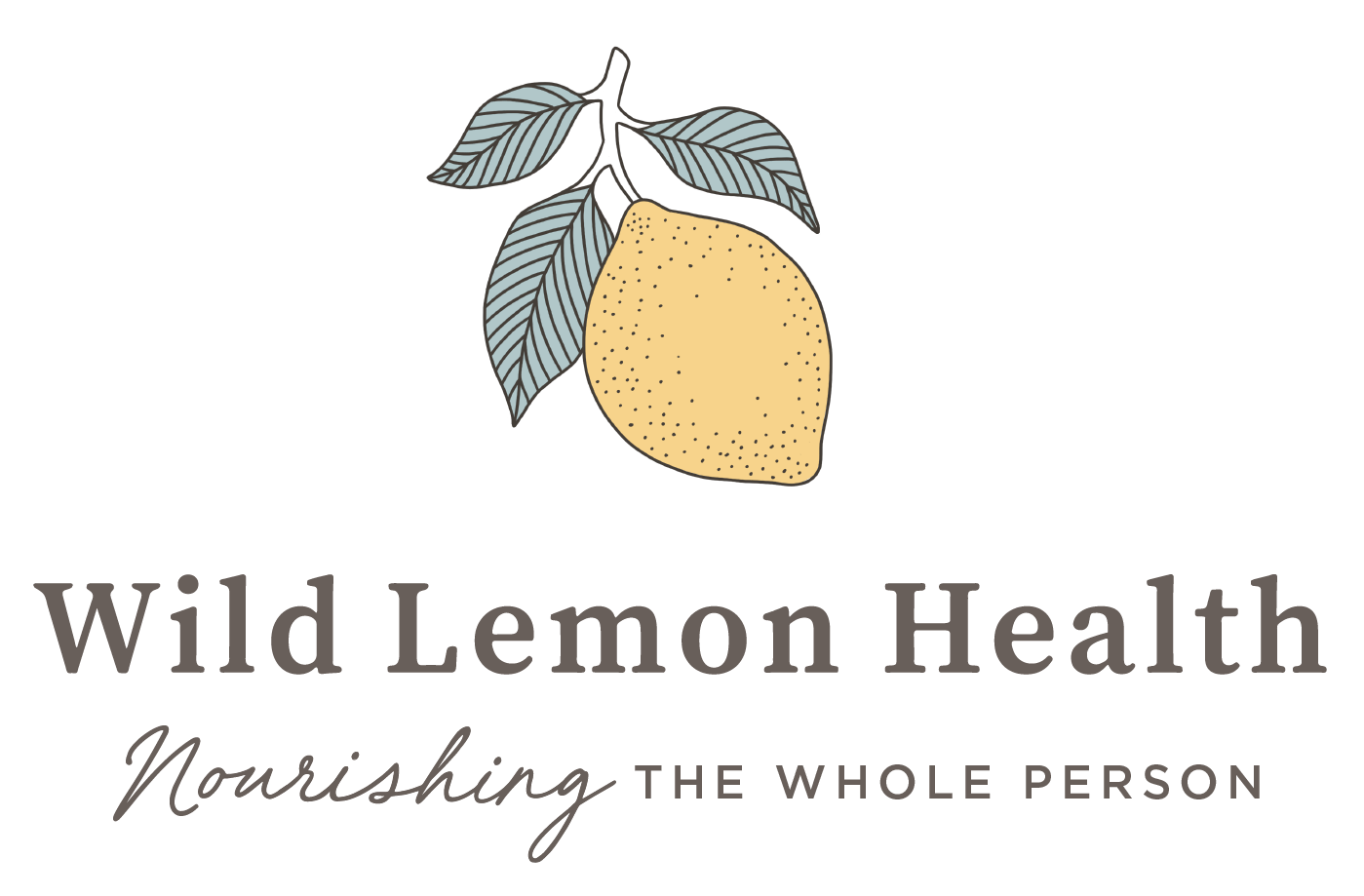Are these hazardous chemicals in your mascara, blush or lipstick?
One of my guilty pleasures in the Into the Gloss beauty blog. It’s ironic on a whole lot of fronts: mostly that I tend to be way low maintenance when it comes to beauty. I wear the same earrings everyday, never take off my thin gold necklace and sometimes buy makeup only to let it sit in the drawer unused.
But, the biggest irony, and actually why I think I keep reading, is my befuddled amazement at how bombarded we are with images of what beauty should be and the fact that the majority of the makeup, personal care and hair products being promoted are laden with chemicals that are increasing the toxic load on the body...all in the name of beauty!
Which dovetails into a questions I get a lot: Is the makeup I’m using doing more harm than good? And what do I recommend instead?
The average American woman uses 12 personal care products a day. So, on a daily basis there’s the potential to be slathering our faces, hair, and skin with chemicals that have been deemed harmful and known to be carcinogenic and disrupting to our hormones.
Considering the skin is one of our largest organs and is in direct interface with the outside environment, what we put on it matters for overall health and, more importantly, what we choose to NOT put on it matters greatly.
The chemicals to look out for are:
Parabens: usually seen on a label as propylparaben, benzylparaben, methylparaben, or butylparaben. Parabens are hormone disrupters by mimicking the effect of estrogen in the body. They’re used as preservatives in almost all commercial makeups. They’ve also been found in breast tumors.
Fragrance (pthalates): this is not even required to be listed on the label and represents a whole class of chemicals, usually veiled in secrecy by being a proprietary blend. Emerging studies are connecting pthalates to obesity, male reproductive issues, neurotoxicity and male genital birth defects.
Others to avoid: sodium lauryl/laureth sulfate, triclosan (common in antibacterial soaps), as well as toluene and formaldehyde in nail polish.
The list can get a little long and require a degree in toxicology. Suffice to say that substances derived from petroleum and used to preserve cadavers (I’m looking at you formaldehyde) should have no place in a daily beauty regimen. And it can be hard to find trustworthy products because unfortunately “natural and organic” labeling is not regulated.
Nonetheless, there are companies making great makeup that does pass the test and will be effective while keeping your body safe:
RMS beauty: developed by a makeup artist and in a base of coconut oil.
Juice beauty: free of all the nasties mentioned above while still offering nice tinted moisturizers, concealers, and foundations.
100% pure: lipsticks are pigmented with fruit.
W3LL people mascara: this mascara has even gotten props from within the industry and is free of all the bad guys.
And if you want to find out how your makeup bag check out, I suggest looking at the Skin Deep database.
And before the overwhelm sets in that the world is a toxic place and even mascara is potentially hazardous, check out the above resources to help you pare down and get some clean alternatives in your routine. While you can't control everything you're exposed to, making small changes in what you can change will reduce the overall toxic load. And each small and mighty step counts.
My best,
Antonella
References:
'Top Tips for Safer Products' EWG
'Phthalates are everywhere, and the health risks are worrying. How bad are they really?' The Guardian
'Parabens in human breast cells' Pub Med
'Links betweens parabens and breast cancer?' Medscape

